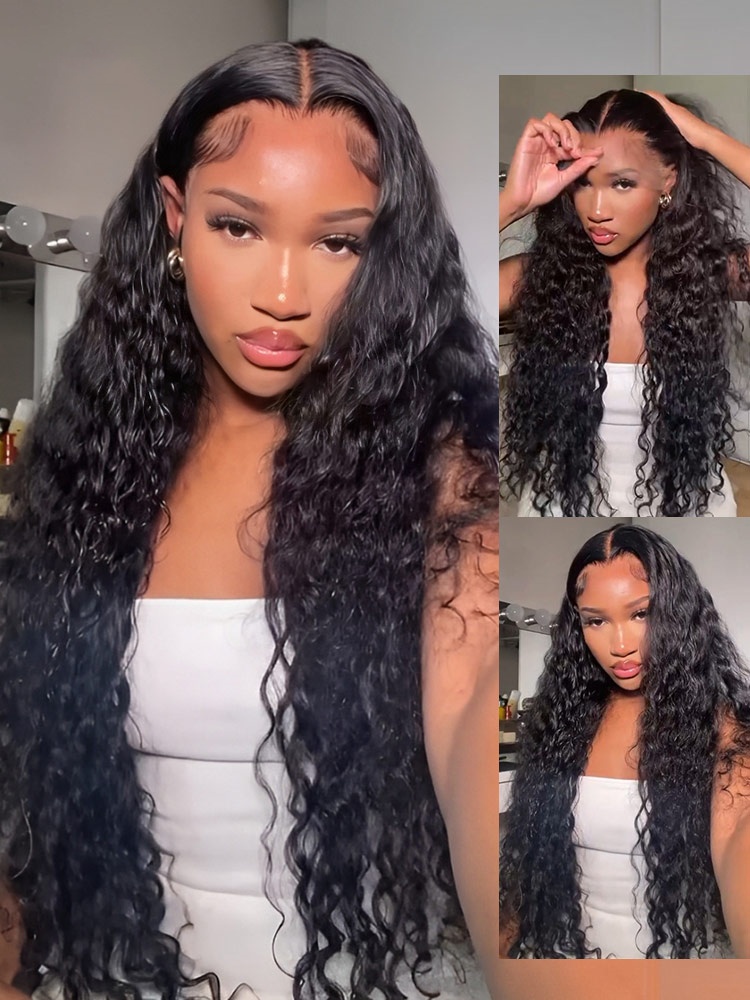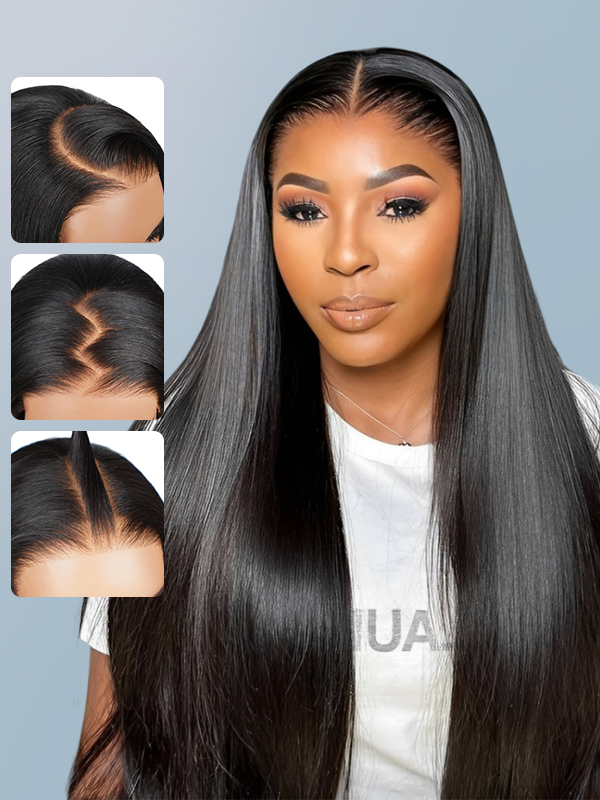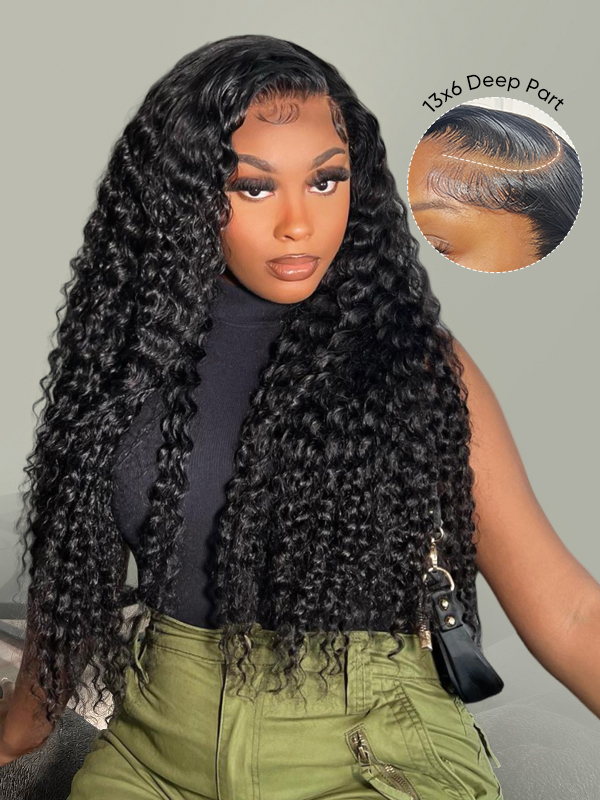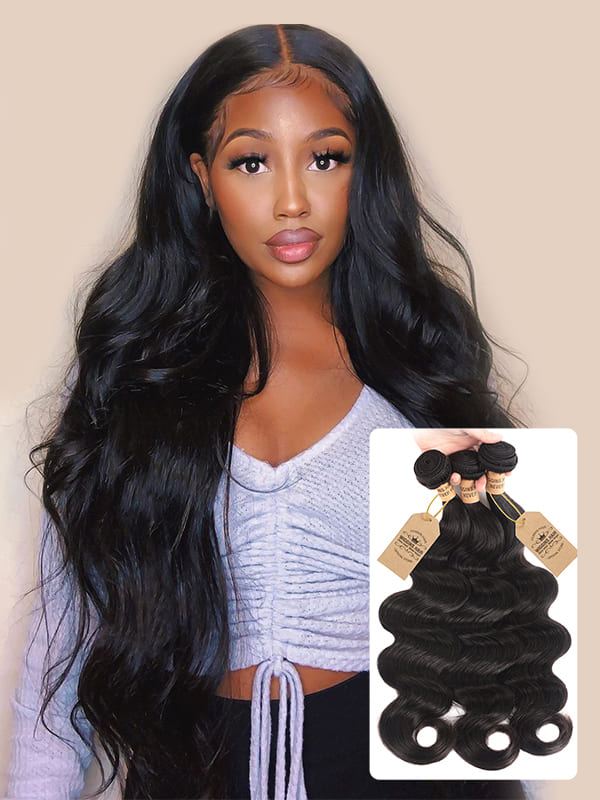Wearing a wig or investing in a top-of-the-line human hair wig, tangling is surely an inevitable issue you frequently experience, especially due to wear, storage issues, or a lack of proper care that damages the composition and the overall appearance of the wig. Learning how to detangle a wig without splitting the fibers can have the greatest duration of its life span, and maintaining its beauty is dependent upon knowing the reasons why the knots and tangles found near the nape, ends, or crown have fallen due to everyday wear, braid errors, or product accumulation.
Wigs tend to tangle faster due to their specific fiber composition, but human wigs do not tangle easily unless they have not been cared for; either they become brittle, stiff, and difficult to detangle. Premature wear and uneven texture occur when the internal wefts of a wig are not detangled properly, which causes their fibers to shed or break. However, with a little effort to prevent things by keeping correct storage methods, keeping the moisture low, and brushing gently, tangling can be decreased, and the detangling process can become less aggressive.
Setting Up the Right Environment and Tools for Wig Detangling
It is important to have prepared a clean and controlled environment before entering the detangle to work with patience and no distractions (this would help keep your hand calm and slow down the movements so as not to damage the delicate strands or pull on the base of the wig cap).
The wig should ideally be placed on a canvas block head or wig stand so that it is anchored down, allowing you to manipulate each part gently from the ends to the roots.
However, you need to use a wide-tooth comb or a wig-specific detangling brush to loosen knots without adding any more tension to the fibers, and it’s highly recommended to steer clear of the regular brushes or combs designed for natural hair, as they are inclined to make static or caught up in the synthetic strands.
Furthermore, detangling in a space with low humidity and moderate air flow helps avoid the case of capillary fluids absorbing full-blown water in the air that may lead to the hardening of curls or waves and ultimately form unwanted frizz during the detangling process.
The soft lighting helps you see the smaller, finer tangles that you would otherwise miss under the harsh illumination and makes your detangling session more thorough and effective.
Preparing the Wig with Moisture and Detangling Spray
However, for learning how to detangle a wig, it is essential to be moisturized as drawings are liable to break out in a tangle that is prone to more splitting out, particularly after extended wear, and even wind, heat, and friction from clothing.
If you’re using a curly, straight, or body wave wig, in either case, you should always use a lightweight, alcohol-free, detangling spray that hydrates the strands without leaving them weighed down and also not leaving a greasy deposit that will attract more dirt.
Mist the product lightly across the entire surface of the wig and the areas where the knots are more tangled or stiff, and let it sit for a minute or two so that these knots come undone and are more manageable.
Not to saturate the wig entirely, but to use the moisture (she opens the juice up so it won’t be too sticky) and a small amount of slip so the comb can glide through sections with no tension and no tangles with no slippery motion.
Human hair wigs that are receptive to moisture and conditioning products are best suited for this method since using such products closely mimics natural hairstyles without altering the integrity of the wig.
Detangling the Wig Fibers Without Damaging Them
As you reach the actual section of detangling, a hair must be respectful and sections of the hair, as for the most part, the entire wig becomes quite frustrating and more likely to damage the strands or wig construction.
Always begin with the ends, directly combing down an inch at a time, even as you begin to work your way up to the root area while supporting the fibers with your hand to avoid base tension.
In particular, it is crucial to prevent yanking or dragging anything through tightly knotted areas; rather, hold them apart with your fingers first and then comb through. Cleaning your wig comb or brush regularly during the process will help prevent putting shed hair back into the wig (which can add to matting or buildup).
What truly teaches you how to detangle a wig safely and thoroughly is practicing patience and consistency until you learn how to take care of your wig safely and effectively.
Maintaining Tangle-Free Results Between Wears
You need to store the wig properly to keep it in good condition between uses; comb out the wig gently every time you wear it yourself so that any minor knots don’t turn into major tangles.
If the wig is long, it should be loosely braided before being placed in a silk or satin bag, as this reduces movement and friction, which leads to tangling when in a bagless.
Instead of tossing your wig into a drawer or bag after every removal, improper storage remains one of the biggest causes of tangled wigs, knowing that there is nothing that can be done once you get the tangles, unless there is a little extra care.
If you have the time and patience for detangling, you should also apply a very light leave-in conditioner mist to your strands once a week to preserve them and keep them silky between detangles.
These simple maintenance habits don’t just speed up and make the next detangling quicker and easier, but they also keep the wig looking natural, vibrant, and full of life, regardless of how much you wear it.
Recommendation
WIGGINSHAIR provides a vast catalog of wigs that are the right option for wig beginners who are looking for a better understanding of how to detangle a wig while maintaining the beautiful look that you have chosen.







































